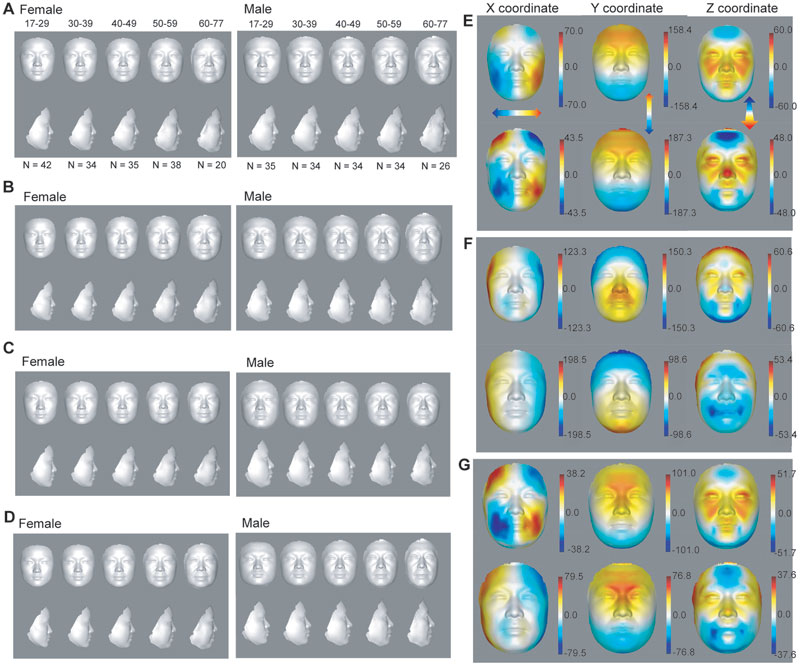Researchers at Shanghai Institutes of Biological Sciences have created a computer algorithm capable of guessing your biological age just by scanning your face.
For the uninitiated, a person’s biological age or “true age” is the condition of your body as indicated by certain biological markers or biomarkers for short. The biological age is different to your ordinary chronological age. This means that a person could be only 30 years old, but based on lifestyle and other factors, his/her biological age could be 40 years.
“Reliable prediction of the aging process is important for assessing the risks of aging-associated diseases. However, despite intense research, so far there is no reliable aging marker”, the researchers note in their research. “Here we addressed this problem by examining whether human 3D facial imaging features could be used as reliable aging markers.”
For their research, scientists created a composite of more than 300 facial scans from volunteers distributed across ages of 17 to 77 years and created their blood profiles as well. The computer algorithm looks for biological aging markers including tighter skin, eye slopes, width between the nose and mouth, and other several such markers and then compared them to the facial composites to make an accurate guess on biological age.
“We constructed a robust age predictor and found that on average people of the same chronological age differ by ± 6 years in facial age, with the deviations increasing after age 40”, the researchers note.
This technology will enable doctors diagnose diseases better by looking at one’s facial features for possible lifestyle related diseases rather than jumping straight to genetics.
“Despite a close relationship between facial morphological features and health indicators in the blood, facial features are more reliable aging biomarkers than blood profiles and can better reflect the general health status than chronological age”, the researchers add.
The team is now working to develop an app that will use this algorithm and provide doctors with a handy tool to measure their patients’ biological age.

